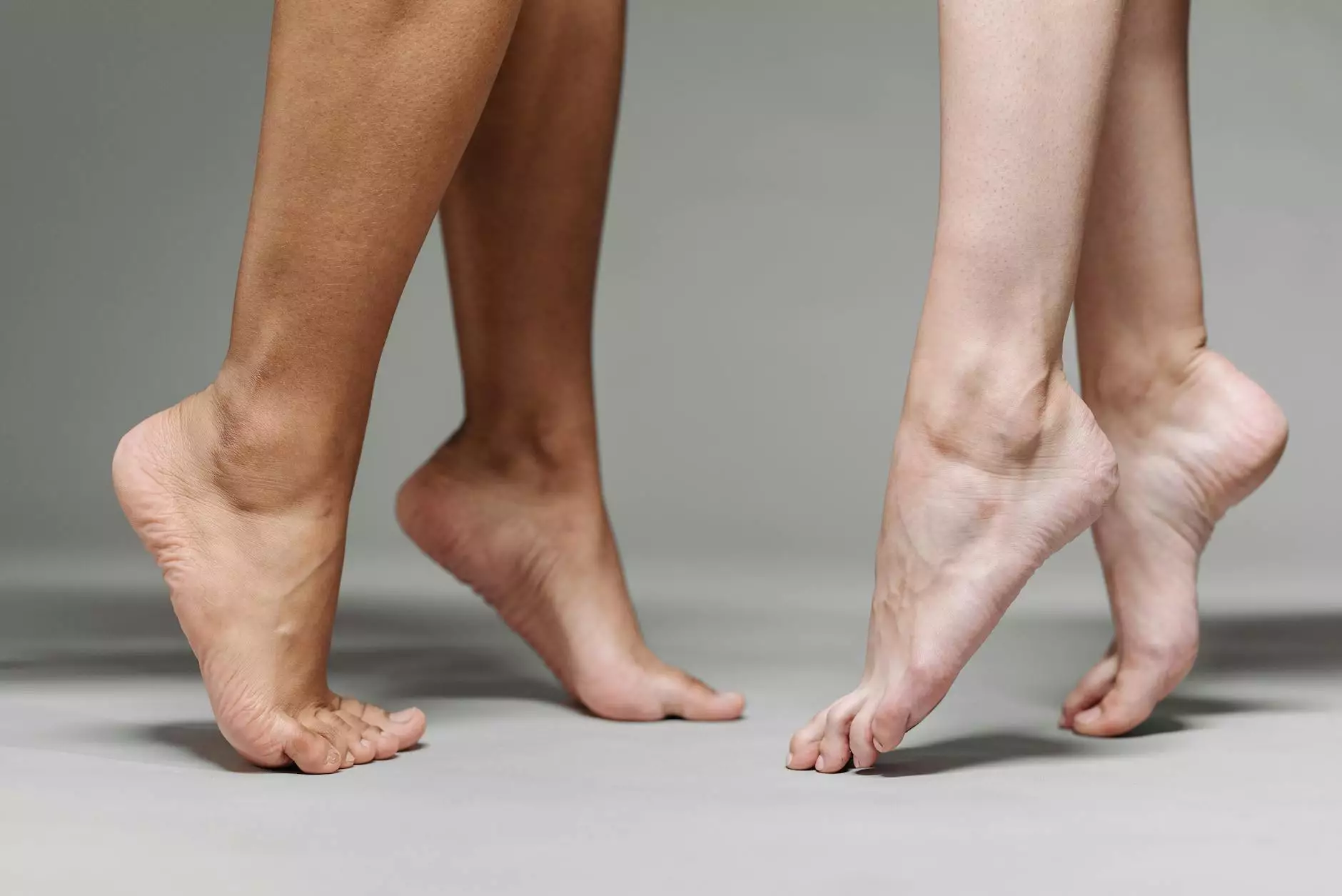Understanding What Causes Swelling in Legs and Feet

Swelling in the legs and feet, medically known as edema, is a common condition that can affect individuals of all ages. The causes of swelling can vary widely, ranging from temporary conditions to more serious health issues. In this article, we will explore the numerous factors that contribute to swelling in legs and feet, discuss the underlying mechanisms, and consider effective treatment options. Gaining a deeper understanding of what causes swelling in legs and feet can empower you to make informed health choices.
The Anatomy of Edema
Edema occurs when fluids accumulate in the tissues of the body. The human body maintains a delicate balance of fluids, electrolytes, and proteins that ensure proper function. When this balance is disrupted, it can lead to swelling. Different areas of the body can be affected, but the legs and feet are particularly prone to edema due to the effects of gravity and lifestyle factors.
Common Causes of Swelling in the Legs and Feet
There are several common causes of swelling in the legs and feet, each with unique characteristics and implications:
1. Injury or Trauma
Any sudden injury, such as a sprain, fracture, or strain, can lead to localized swelling in the legs or feet. This occurs as the body responds to the injury with increased blood flow and fluid accumulation at the site of damage.
2. Inactivity and Prolonged Sitting or Standing
Standing or sitting for long periods can lead to fluid pooling in the lower extremities. This is commonly observed in professions that require extended periods of standing, such as nursing or teaching, as well as in individuals who travel long distances by air.
3. Dietary Factors
High sodium intake can lead to fluid retention, exacerbating swelling in the legs and feet. Processed foods are often high in sodium, making it crucial to monitor dietary habits for better health.
4. Medical Conditions
Several medical conditions can cause swelling, including:
- Heart Failure: The heart's reduced ability to pump blood effectively can lead to fluid accumulation.
- Kidney Disease: Impaired kidney function affects fluid balance and electrolyte levels.
- Liver Disease: Conditions such as cirrhosis can affect protein levels in the bloodstream and cause swelling.
- Venous Insufficiency: Poor circulation from weakened veins can cause blood to pool in the legs, leading to swelling.
5. Hormonal Changes
Hormonal fluctuations, such as those experienced during pregnancy or menstrual cycles, can also lead to increased swelling in the legs and feet due to fluid retention.
6. Medications
Certain medications can lead to edema as a side effect. Common classes of medications that may cause swelling include:
- Nonsteroidal Anti-Inflammatory Drugs (NSAIDs): These can contribute to fluid retention.
- Blood Pressure Medications: Some diuretics and calcium channel blockers may lead to swelling.
- Hormonal Medications: Birth control pills and hormone replacement therapy can affect fluid balance.
Recognizing Symptoms of Swelling
In many cases, swelling in the legs and feet can be mild and temporary, but it is important to recognize when it may indicate a more serious condition. Symptoms to watch for include:
- Pain or Discomfort: Accompanied by noticeable swelling.
- Skin Changes: Such as redness, warmth, or tightness.
- Persistent Swelling: That does not improve with rest or elevation.
Diagnosis and Evaluation
If swelling persists, it is vital to seek medical evaluation. A healthcare provider will typically conduct a thorough history and physical examination. They may also order diagnostic tests, including:
- Blood Tests: To check for kidney or liver function.
- Ultrasounds: To evaluate blood flow in the legs.
- X-rays or CT scans: To assess for injury or other complications.
Treatment Options for Swelling
The treatment of swelling in the legs and feet depends on the underlying cause. Some effective strategies include:
1. Lifestyle Modifications
Making changes to your daily habits can significantly reduce swelling:
- Regular Exercise: Engaging in activities that promote circulation can help reduce fluid retention.
- Dietary Adjustments: Reducing sodium intake and increasing potassium can balance fluid levels.
- Weight Management: Maintaining a healthy weight can alleviate pressure on the legs and improve circulation.
2. Elevation and Compression
Raising the legs when resting can facilitate fluid drainage from the lower extremities. Additionally, wearing compression stockings may improve circulation and reduce swelling.
3. Medications
In some cases, medications may be necessary. Diuretics can help to reduce fluid retention. However, it’s crucial to consult a healthcare professional before starting any medication.
4. Seeking Specialized Care
For individuals with chronic or severe swelling, it may be beneficial to seek care from a specialist, such as those at trufflesveinspecialists.com. They can provide targeted treatments, diagnostic imaging, and therapeutic interventions tailored to the individual’s needs.
When to Consult a Doctor
If you experience any of the following, it is advisable to seek medical attention:
- Swelling that is sudden and unexplained.
- Severe pain that prevents movement.
- Swelling accompanied by fever or other systemic symptoms.
- Signs of infection (redness, warmth, or pus).
Conclusion
Understanding what causes swelling in legs and feet is essential for managing this common condition effectively. Recognizing the underlying factors and symptoms can lead to timely interventions and improved health outcomes. Never hesitate to seek professional guidance if swelling persists or causes concern. By prioritizing your health and seeking appropriate care, you can lead a more comfortable and active life.









